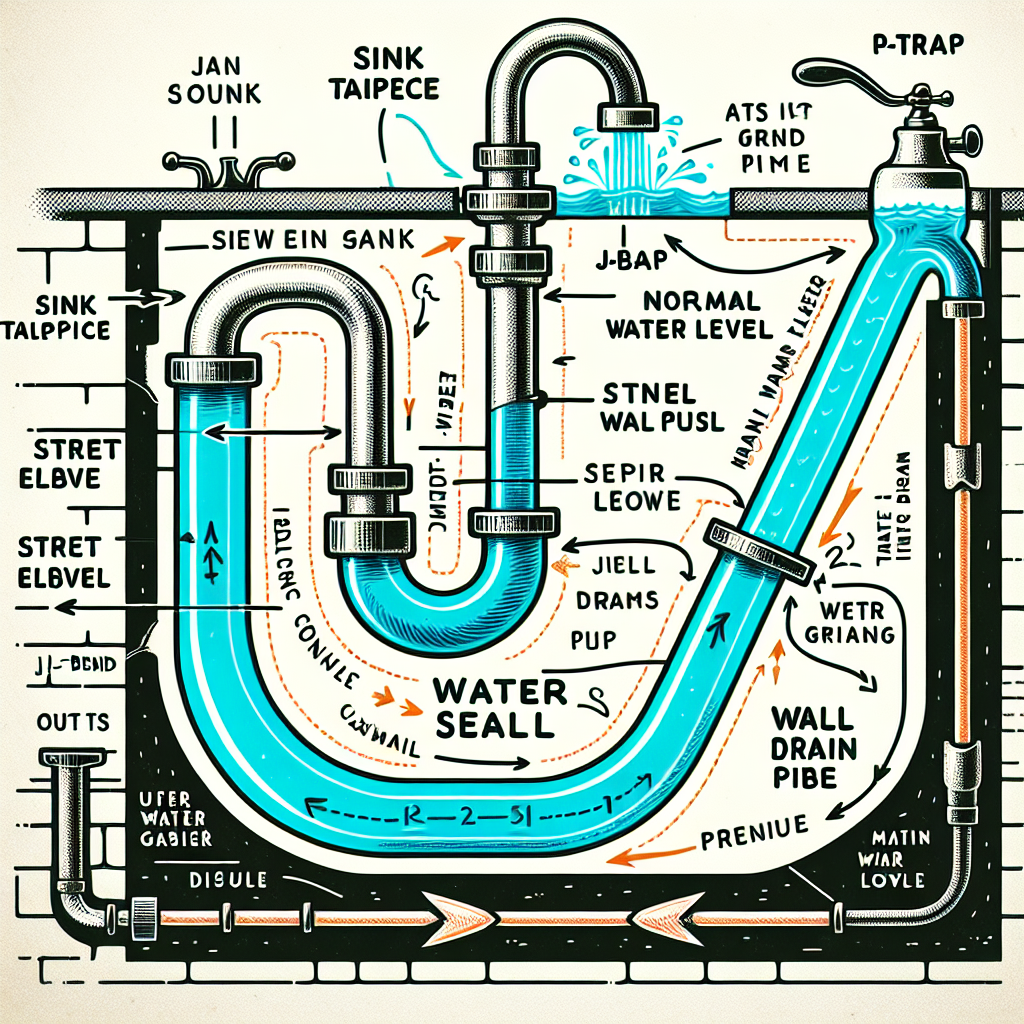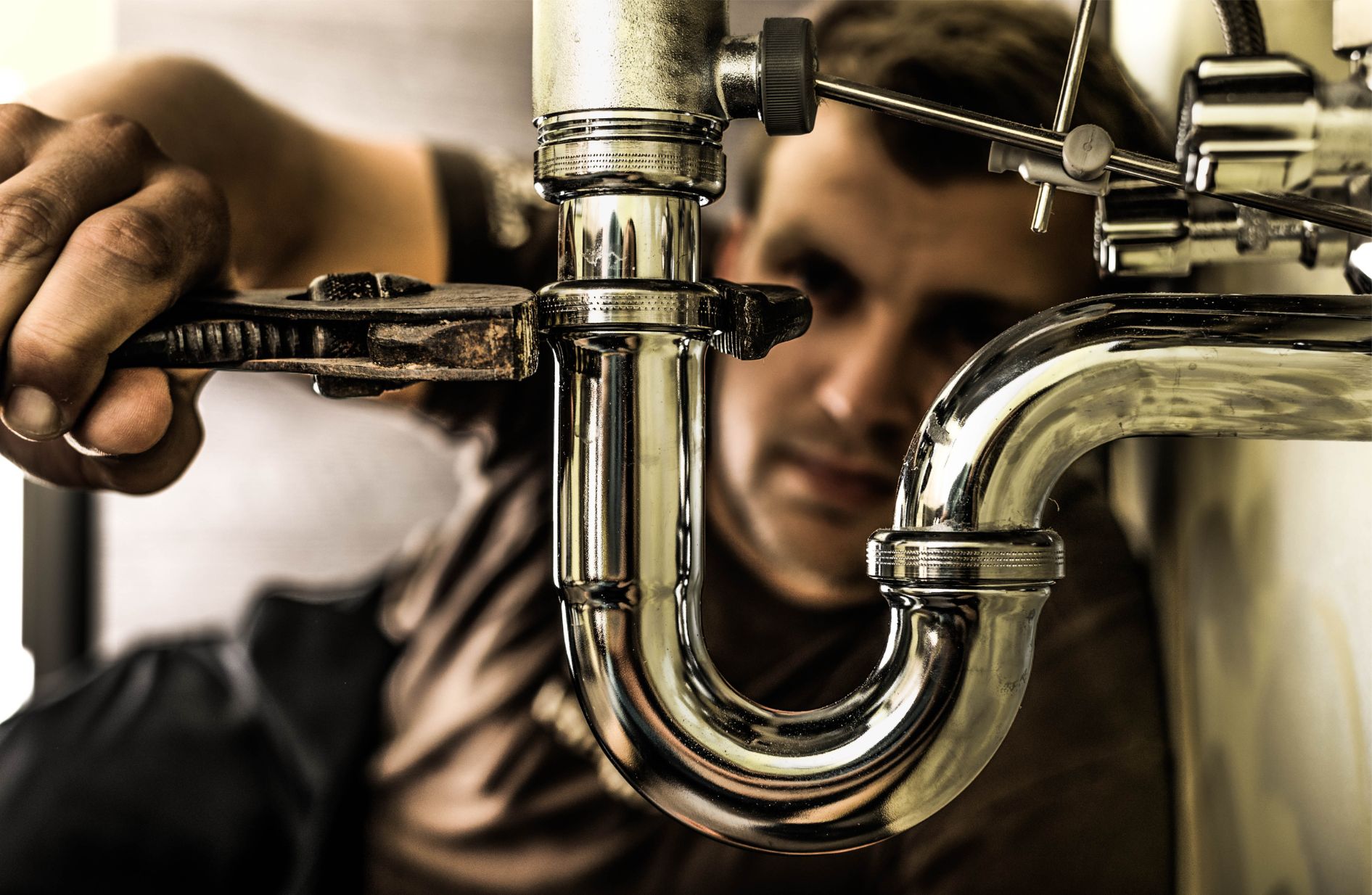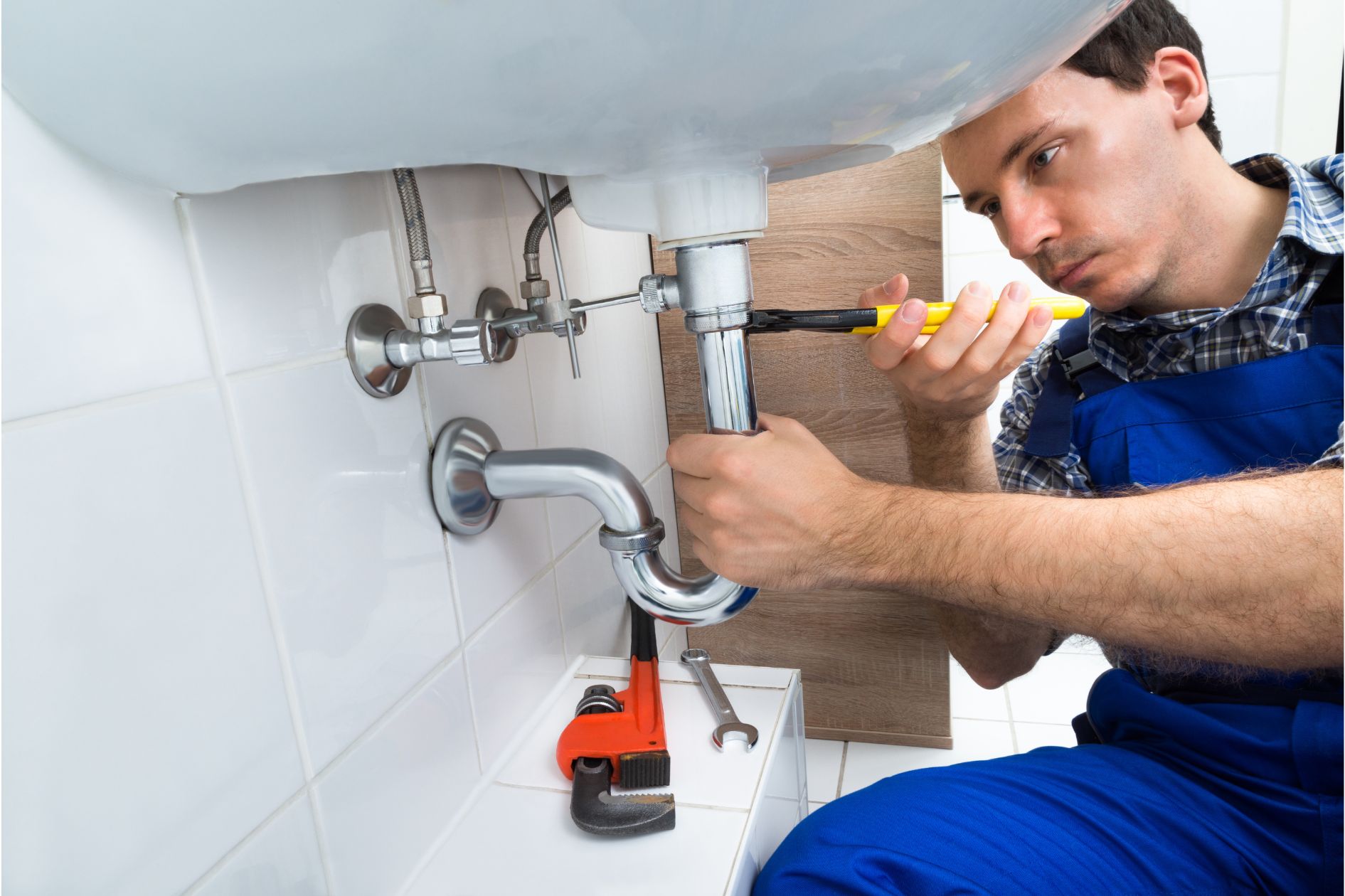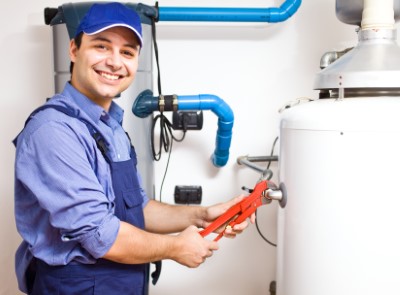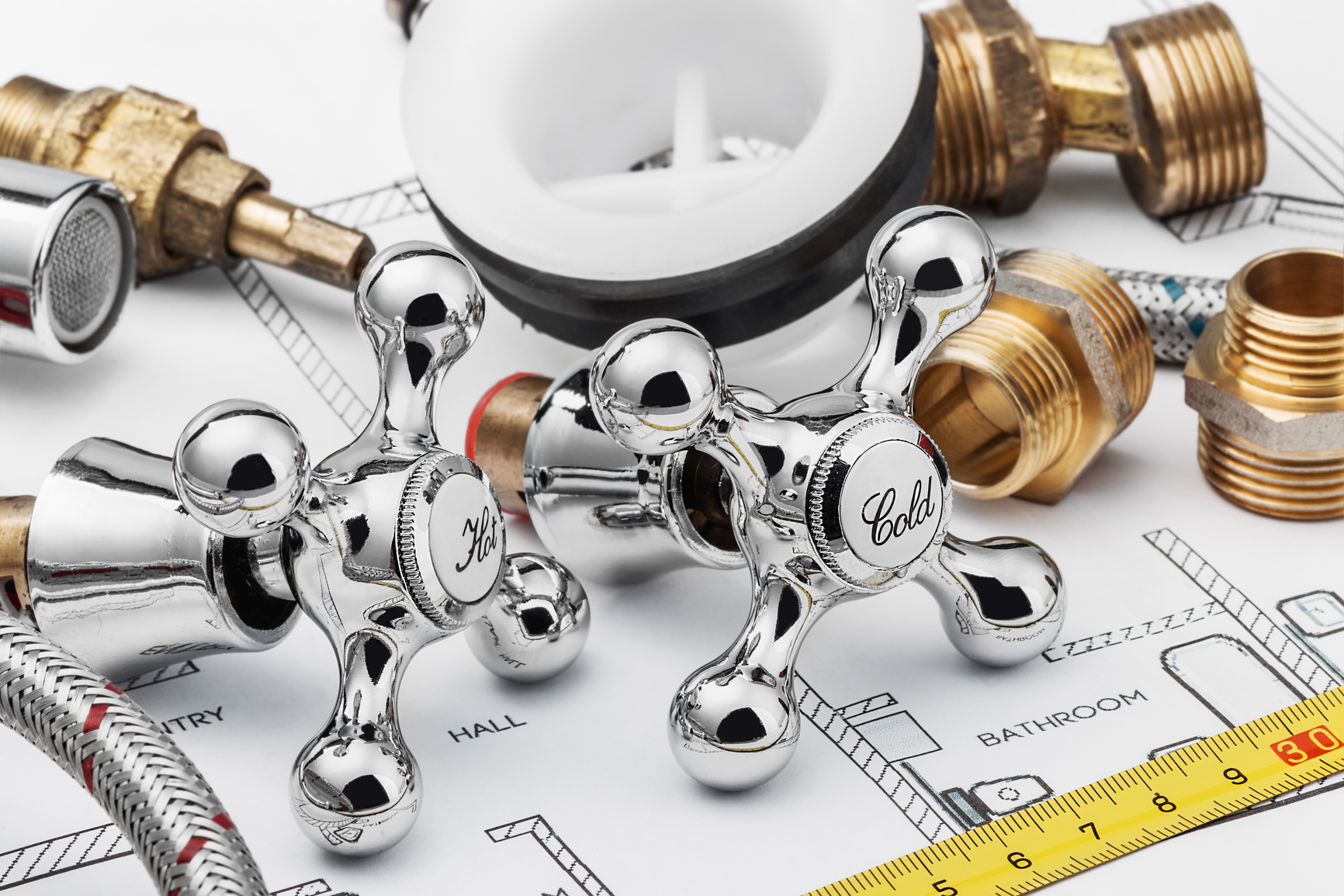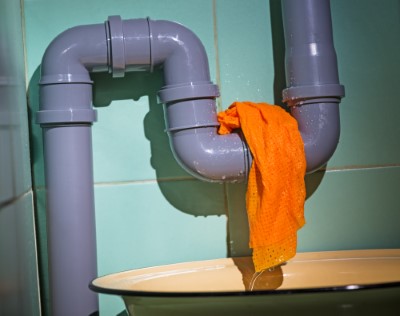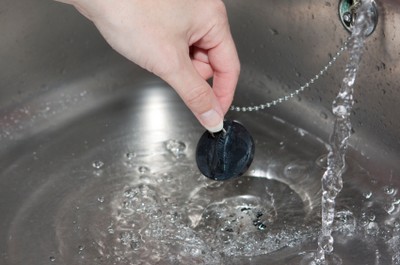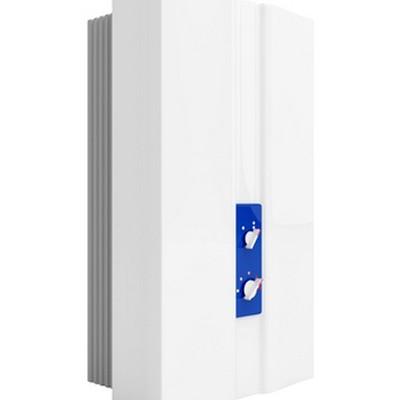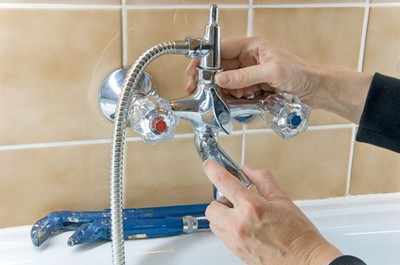You’ve probably seen it countless times, that weird U-shaped bend lying beneath your sink. But do you really know what it is and its purpose? That’s a P-trap. So, let’s dive in and learn more about the P-trap and how it works.
What is a P-trap?
Let’s start at the beginning. A P-trap is a small but essential component of your plumbing system. It’s the curvy part of the pipe under the sink, bathtub, shower or any other drain in your home. Named for its P-like shape when viewed from the side, a P-trap serves a critical role in preventing sewer gases from entering your living spaces.
The P-trap is usually made of PVC or metal and consists of three parts: the tailpiece, the curve, and the drainpipe. The tailpiece drops vertically down from the drain opening in the sink to meet with the curve, which then connects to a horizontal drainpipe that leads to your sewer system.
The Purpose of a P-Trap
The main function of a P-trap is to create a barrier between your home and potentially harmful sewer gases. When water flows down your sink or bathtub’s drain, some of it remains in the curved section of the P-trap after you stop using the faucet. This water sitting in the trap creates a seal that blocks sewer gases from rising up through your pipes and into your home.
Besides preventing foul odors, this also serves as a safety feature. Sewer gases can be both harmful to breathe in and potentially explosive. By having this barrier of water, you’re ensuring that these gases are effectively kept out of your living space.
How Does a P-Trap Work?
A P-trap works simply by gravity and water displacement. When you turn on the faucet, water flows down the drain, through the tailpiece, and into the P-trap. The flow of water pushes old water in the P-trap out into the sewer pipe, thereby self-cleaning and maintaining a constant barrier of fresh water.
As long as there is enough water flowing through your drains to refill the P-trap, this barrier will remain intact. However, if a kitchen sink or drain isn’t used for an extended period of time, the water in the P-trap can evaporate, allowing sewer gases to seep into your home. This is why it’s recommended to run water in seldomly used fixtures every couple of weeks.
Common P-Trap Problems
Although P-traps are designed to be relatively problem-free as long as they’re properly installed and maintained, they can still experience issues. Some common problems include leaks and clogs.
Leaks typically occur at the connections between the tailpiece, curve and drainpipe due to wear and tear or improper installation. If you notice water pooling under your sink, it’s likely that your P-trap is leaking.
Clogs can happen when debris such as hair, soap scum or food particles get caught in the curve of the trap. This can cause slow draining or even complete blockages. Regular cleaning can help prevent these issues.
Maintaining Your P-Trap
Now that you know how crucial your P-trap is to your plumbing system’s health and your home’s comfort levels, let’s look at ways to keep it at its best.
Most importantly, make sure all seldom-used drains have water running through them every few weeks to maintain their seal. You should also beware of what goes down your drains — avoid disposing of grease, coffee grounds or solid food in your sinks as these can lead to clogs.
Finally, stay vigilant for signs of leaking. If you notice water under your sink, it’s best to address it as soon as possible before it causes further damage.
How to Install a P-Trap
If you’re handy around the house and your P-trap needs to be replaced, you might consider doing it yourself. While a professional plumber can certainly do the job, installing a P-trap is relatively straightforward.
You’ll need a new P-trap kit and some basic tools like a bucket, wrench and plumber’s tape. The process involves removing the old P-trap, cleaning the connection points, wrapping the threads with plumber’s tape for a water-tight seal, and then installing the new P-trap by following the manufacturer’s instructions.
Remember, though, that if at any point you feel uncomfortable doing the task or run into complications, it’s always best to call in a professional.
The Bottom Line
The P-trap may be small, but it plays a significant role in maintaining your home’s comfort and safety levels. By understanding how it works and how to properly maintain it, you can ensure your plumbing system operates smoothly and protect your home from foul odors and potentially hazardous sewer gases.
So next time you see that curved pipe under your sink or bathtub, give it a nod of appreciation for all the work it does behind the scenes!
Frequently Asked Questions
1. What is the main purpose of a P-trap?
The main purpose of a P-trap is to create a barrier between your home and any potentially harmful sewer gases. It accomplishes this by holding water in its curve, which blocks gases from rising up into your home.
2. How does a P-trap work?
A P-trap works by using gravity and water displacement. When water flows down the drain, it pushes through the P-trap and then into the sewer pipe, effectively self-cleaning and maintaining a constant barrier of fresh water.
3. What are common P-trap problems?
The most common problems with P-traps involve clogs and leaks. Clogs typically happen when debris gets caught in the trap’s curve, while leaks often occur at the connections between parts due to wear and tear or improper installation.
4. How can I maintain my P-trap?
Maintain your P-trap by ensuring all seldom-used drains have water running through them every few weeks to keep their seal intact. Also, avoid disposing of certain materials like grease or solid food which can lead to clogs. Stay vigilant for signs of leaking.
5. Can I install a new P-trap myself?
Yes, if comfortable with basic household tasks, you can install a new P-trap yourself. You’ll need a P-trap kit and some tools like a wrench and plumber’s tape. Always remember to call a professional if you’re not confident in doing the task or run into difficulties.
6. What is the P-Trap made of?
The P-Trap is usually made of PVC or metal and consists of three parts: the tailpiece, the curve, and the drainpipe.
7. Is it normal for water to sit in my P-Trap?
Yes, it is normal and beneficial to have water sitting in your P-Trap as it serves as an essential barrier against sewer gases entering your home.
8. Can sewer gases be harmful?
Yes, besides emitting foul odors, sewer gases can be harmful to inhale and can potentially become explosive.
9. What happens when a P-Trap dries out?
If a P-Trap dries out due to disuse, it can no longer block sewer gases from entering your home. Therefore, it’s recommended to run water through rarely-used fixtures every few weeks.
10. Where are P-Traps usually located?
P-Traps are typically located under sinks, bathtubs, showers or any other drains in your home.
11. Why is it called a P-Trap?
The name “P-trap” comes from its P-like shape when viewed from the side.
12. Can I clean my P-trap myself?
Yes, if you feel comfortable doing so, you can clean your P-trap yourself. Regular cleaning can help prevent clogs and build-up.
13. Is it difficult to replace a leaking P-trap?
The difficulty of replacing a leaking P-trap depends on the individual’s comfort with household tasks. While it requires some tools and effort, many people can handle replacing a P-trap by themselves.
14. How frequently should I check my P-Trap?
Inspect your P-trap regularly for signs of leakage or clogs, especially if you notice slow draining or water pooling under your sink.
15. Can all clogs be cleared from a P-Trap?
Most minor clogs can be cleared from a P-trap. However, for severe or persistent clogs, it might be necessary to call a professional plumber.
A Final Word
With this newfound knowledge, consider yourself a P-trap master! Armed with the power of understanding, you now hold the keys to maintaining a happier and healthier home plumbing system. Remember, a small measure of prevention can save you from bigger plumbing problems down the line. So, keep an eye on those essential P-traps and let them do their work in peace. After all, they’re the unsung heroes of your home’s comfort and safety levels!
If you are still having problems with your P-Trap and you need further assistance, reach out and contact us at Sunset Plumbing Of Bend, or give us a call at: 541-382-0109


